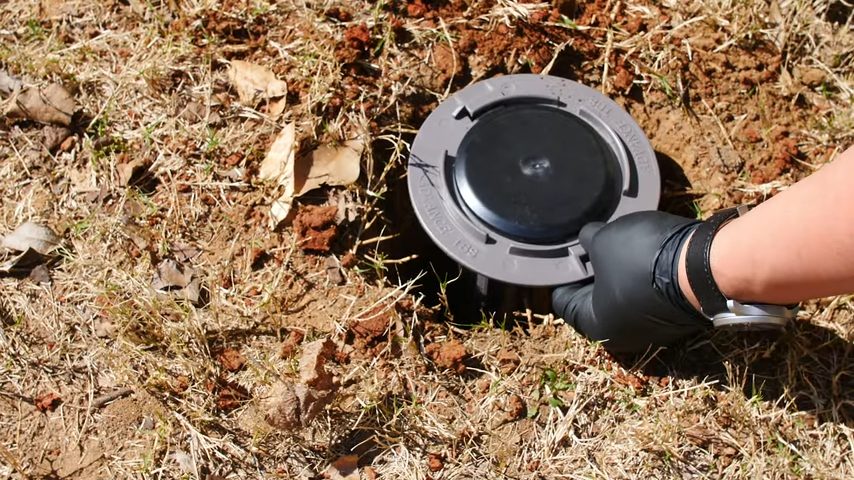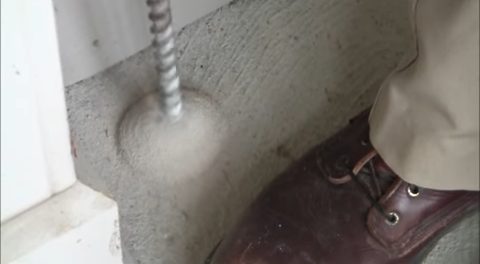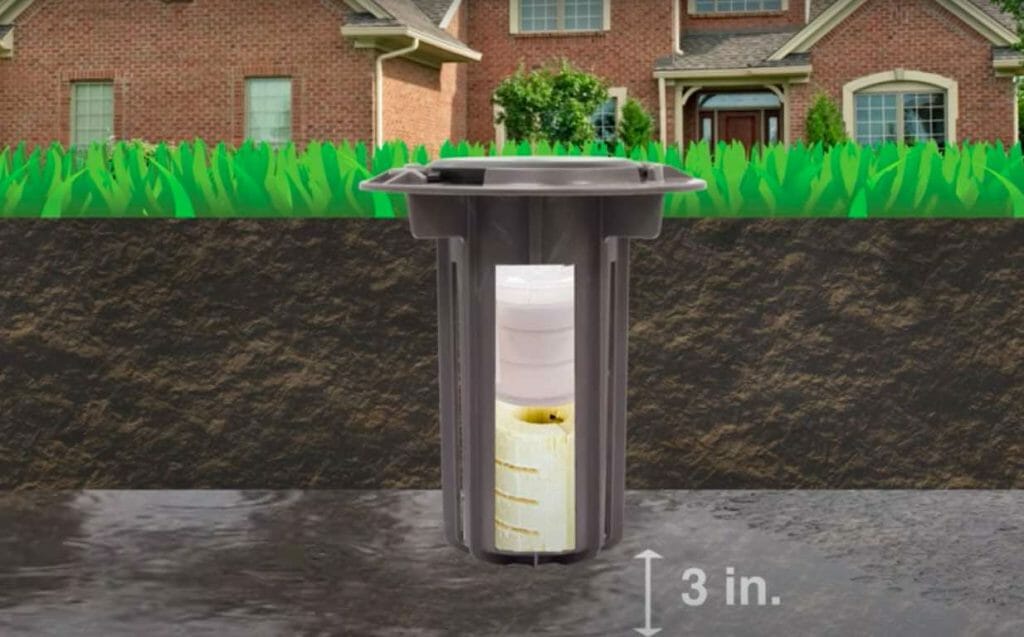Is Drilling Necessary for Termite Treatment?

You might be wondering why professionals drill holes to kill termites.
Holes allow for effective termite treatment by guaranteeing the treatment substance goes deep into the termite enclaves. Frankly speaking, drilling holes is unnecessary because other techniques can be applied to combat termite infestation effectively.
Knowing other alternatives to kill termites is useful, especially if you don’t want to damage your home by drilling holes.
So, Is it necessary to drill holes for termite treatment? No, but in some cases, a small hole could be necessary to insert the termite liquid.
Below I will teach you about drilling for termite treatments and other equally effective alternatives.
Why Do People Drill Holes for Termite Treatment?
A drill termite treatment is a process of removing termites from a home. Among these termite treatments is the chemical treatment of a home’s foundation. It involves drilling holes to facilitate deeper penetration of the treatment chemicals or oils.

The treatment process starts with a professional termite control inspector examining your home. He will cut holes in your house’s walls, floors, and ground. They will then insert a chemical into the holes.
Eventually, they will plug these holes and inject liquid foam into other areas of your home to protect it from termites.
Because of the chemicals, termites will be unable to consume more of your wooden foundation and eventually die. Chemicals can often kill them when they come into contact with them.
Drill holes one foot apart anywhere the foundation surface or wall is blocked by concrete, such as a basement, driveway, or sidewalk, for a liquid barrier treatment. It’s the only way to treat all of the soil around the perimeter.
However, this is only applicable to a liquid barrier treatment. Baiting systems have been around for about 30 years, and they are much less invasive because they are only used outside and are placed in the soil every ten feet or so. They also don’t have to be too close to the structure, so stations six or eight feet (or more) from the foundation wall are perfectly acceptable. These baiting systems are extremely effective and should be available in your area. They are also more environmentally friendly than liquid treatments.
The Benefit of Drilling Holes for Termite Treatment
Cutting holes in your foundation allows the liquid chemical treatment, which frequently contains borax and formaldehyde, to seep into the ground through these tiny gaps drilled outside the home’s foundation.
Drilling a hole takes only a few minutes, but it can take much longer if you work with concrete or asphalt.
If professionals do not drill holes, they will be unable to inject chemical treatment into the ground, leaving your home vulnerable to termites.
Disadvantages of Drilling Holes for Termite
- Cutting holes ruins the structural integrity of a building.
- It is difficult to identify where to drill to kill the termites.
The Best Methods of Termite Treatment
1. Soil Treatment
Because subterranean termites reside in the soil, termite treatments are applied to the surrounding soil as a treatment shield. After digging a trench around a foundation, the soil is treated with a termiticide. After that, the trench is refilled.
This method of treatment helps to avoid future termite infestations. It also kills all termites in the house as they go to the soil to nest.
2. Bait Systems

The bait termite treatment system is an efficient method of eliminating termite colonies. A pest control practitioner will install bait locations around the perimeter of a home. They will monitor the locations regularly to safeguard the home from future infestations. This termite infestation treatment effectively eliminates termites.
3. Termite Fumigation
Termite fumigation is an extremely effective termite control method. It also destroys other bugs and pests in the structure.
The fumigation practice kills termites but does not prevent them from returning. As a result, after fumigation, you must ensure that unwanted guests do not return to your home.
Take a look at some of our related articles below.
- How to drill hole in stainless steel sink
- How to drill a hole in plastic
- Can you drill holes in apartment walls
Video References
PerfectionPestKY
DoMyOwn
Accurate Termite and Pest Control

